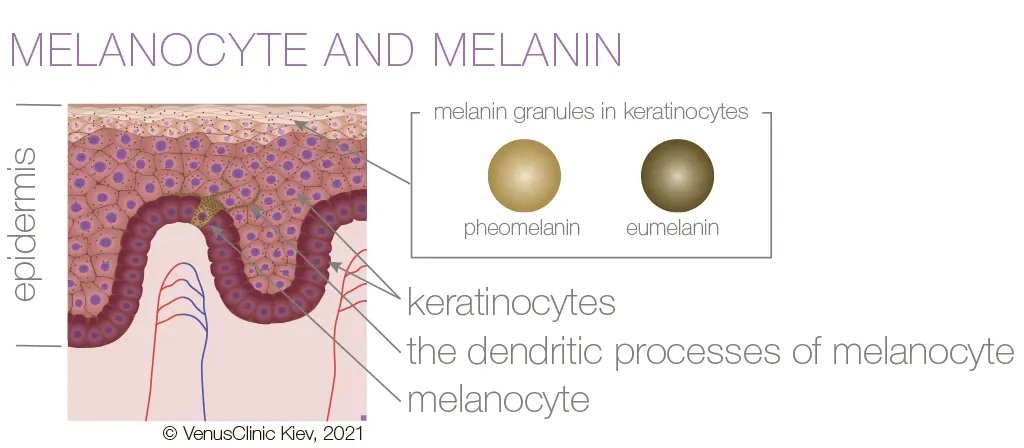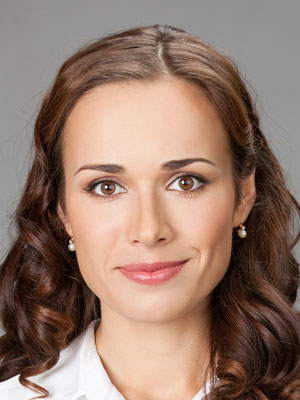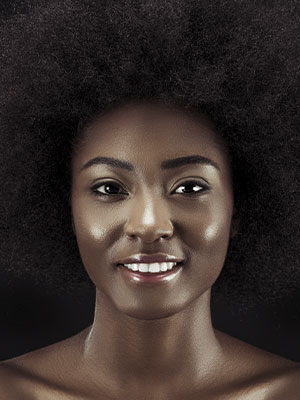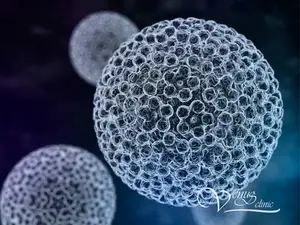
Skin phototypes, melanin and skin color
Skin phototypes is a classification based on the skin's response to UV exposure after a period of no exposure (for example, sun exposure in early summer when the skin has not been exposed to during the winter). The skin reacts with sunburn and becomes tanned.
The classification was carried out in 1975 by the American dermatologist Thomas Fitzpatrick. The Fitzpatrick skin phototype classification system is most often used in assessing the risk of skin cancer, choosing the parameters of laser treatments.
Fitzpatrick Skin Phototypes
Skin phototypes during laser treatments
Skin phototypes are important for the selection of parameters for laser treatments. Determination of the skin phototype is important for treatments such as laser hair removal, photorejuvenation skin, removing blood vessels. When laser resurfacing skin phototypes characterize the risk of hyperpigmentation and determine the tactics of preparing the patient before the treatment and also after care.
Skin color
Human skin comes in a variety of colors, from shades of dark brown to almost white. Although many factors affect a person's skin color, the most important of these is the content of a pigment called melanin. Melanin is also the pigment that determines hair and eye color.

What determines skin color?

External factors that determine skin color
External factors, that is, processes outside the body, also affect skin color and provide acquired pigmentation. Exposure to ultraviolet (UV) radiation from the sun is the most important external factor. The sun emits UVA and UVB rays, and different types of UV rays affect skin pigmentation in different ways. Exposure to UVA rays causes immediate pigmentation by affecting the melanin that is already being produced and waiting in the upper layers of the skin.

Pigmentation that occurs a few days after sun exposure is the result of the production of new melanin in response to UVB exposure. Other external factors that affect skin pigmentation and color include DNA damage (often caused by UV B exposure) and age, as the way the body produces melanin changes with age. This causes photoaging of the skin and can cause skin cancer.
Melanin
Melanin is a pigment found in skin cells. There are two types of melanin that have different effects on skin pigmentation.

Eumelanin causes dark brown color of skin and is the main type of melanin in people with dark pigmented skin. Because eumelanin is insoluble, its skin-darkening (tanning) effects last relatively long compared to the temporary reddening effect of pheomelanin, which is soluble.
Phaeomelanin is a red-yellow pigment and the main type of melanin in fair-skinned people prone to sunburn.
Eumelanin provides better sun UV protection than pheomelanin.
What determines the level of melanin in the skin?
The melanin content in human skin is primarily determined by genetics, that is, babies inherit skin color from their parents. In particular, the named gene plays an important role in determining the pigmentation of human skin.

Melanin levels are also determined by behaviors that affect sun exposure, because the body produces more melanin. A person who works outdoors every day in the sun will develop darker, pigmented or tanned skin over time than if they worked indoors all day.
The role of melanin in the human body
Melanin plays a vital role in protecting the body from UV radiation as it filters sunlight before it can damage skin cells. Exposure to the sun stimulates the body to produce more melanin to protect skin cells. Thus, there is a close relationship between skin color and the place of origin of a person (or the place of origin of his ancestors). People with darker skin come from areas with high levels of ultraviolet radiation, close to the equator.
Melanogenesis
Melanogenesis is the process by which cells called melanocytes produce melanin. These cells develop in the fetal neural tube and then migrate to the underlying layer of skin (basal layer) before birth. Melanocytes also migrate to hair follicles and determine a person's hair color. The melanin production process is influenced by hormones, immune and inflammatory factors, and brain signals.
How skin gets tanned
Melanocytes interact with other skin cells called keratinocytes, which are responsible for storing melanin in cells called melanosomes. Each melanocyte interacts with 30-40 keratinocytes, to which it transfers melanin for storage in the layers of the skin until it is needed for photoprotection (protecting the skin from UV radiation).
In dark-skinned people, melanin is distributed throughout all layers of the skin. It is stored for a longer time. In people with fair skin, melanin breakdown is faster. The melanin produced is stored mainly in the upper layer of the skin (squamous cells), while very little melanin is stored in the lower layer of the skin (basal layer).
When determining skin color, the number of melanocytes is not as important as the type of melanin produced by the cells. The number of melanin-producing cells is the same in people of different ethnic groups. Hyperpigmentation (such as darkening of the nipples during pregnancy) and hypopigmentation (as in albinism) occur without changing the number of melanocytes.
It is the process of melanin synthesis and the way melanosomes are transported and distributed in keratinocytes, which changes the color of the skin. The size and number of melanosomes also determine skin color. Dark pigmented skin is associated with larger, more saturated melanosomes. They have an elongated shape, and the melanin they produce is stored in keratinocytes longer than in keratinocytes of people with fair skin.
In addition to melanin, other pigments, including hemoglobin and carotene, also affect skin color.
Sun exposure and skin changes
Exposure to ultraviolet radiation from the sun causes skin discoloration. In the short term, sun exposure can cause erythema (redness of the skin), and most people call it sunburn. Artificial exposure to UV radiation, for example, from a tanning bed, has a similar effect. In the long term, exposure to ultraviolet light stimulates the production of melanin, resulting in skin reddening being replaced by darker, tanned skin over a period of several days. Other skin changes caused by ultraviolet light include thickening of the outer layer of the skin, freckles and moles, and premature aging of the skin - photoaging, characterized by decreased elasticity, increased dryness and wrinkles.
Immediate skin changes (immediate pigmentation) observed within 5-10 minutes after sun exposure and lasting from several minutes to several days are caused by UVA radiation. They are not due to an increase in melanin production, but due to the redistribution of melanin stored in keratinocytes in the upper layers of the skin. Delayed pigmentation that occurs a few days after exposure to sunlight and lasts longer (several weeks) is mainly caused by UV radiation. These changes are due to the increased production of melanin, especially eumelanin.
Over extended periods of time, chronic exposure to the sun increases melanin levels, and elevated eumelanin levels provide additional protection from the sun's UV radiation.
Sun exposure and cancer risk
Exposure to UV radiation from the sun and artificial sources such as tanning beds is a major risk factor for all types of skin cancer (melanoma, the rarest but most fatal type, basal cell carcinoma and squamous cell carcinoma). The length and intensity of sun exposure affects the type of skin cancer. Chronic sun exposure, such as daily sun exposure due to outdoor work, affects the melanin content of skin; over time, the skin darkens. Chronic sun exposure can protect against melanoma. Intermittent, acute sun exposure is a major risk factor for melanoma, as excessive exposure to sunlight causes malignant DNA changes. Acute sun exposure means exposure for short periods of time to a person whose skin is not normally exposed to the sun and is more likely to cause sunburn. This type of sun exposure happens to office workers who spend a weekend or vacation on the beach.
Skin type affects cancer risk. Darker skin (skin phototypes 4-6) with more melanin is less prone to burns, and skin cancer is rare in dark-pigmented people, with the exception of unpigmented skin on their body, such as the soles of their feet and palms. Patients with fair skin are more susceptible to the acute effects of sun exposure and have a relatively high risk of skin cancer.
Since the risk of skin cancer increases with the cumulative lifetime exposure to UV radiation, age is also a risk factor. However, skin cancer is not limited to the adult population; 6% of all cancers in children are melanoma, which is the second most common form of cancer in children aged 15-29.












